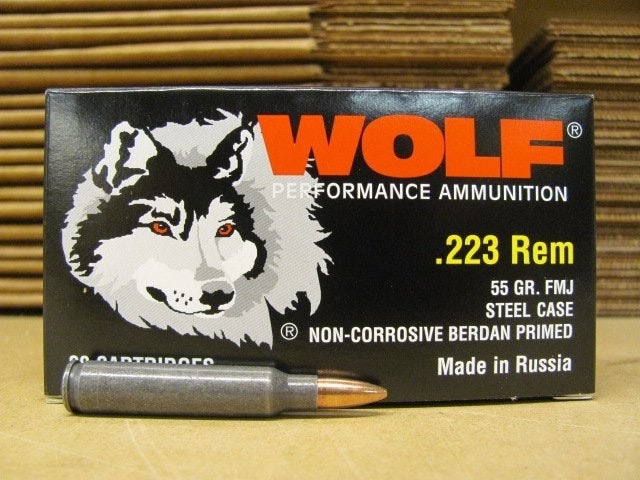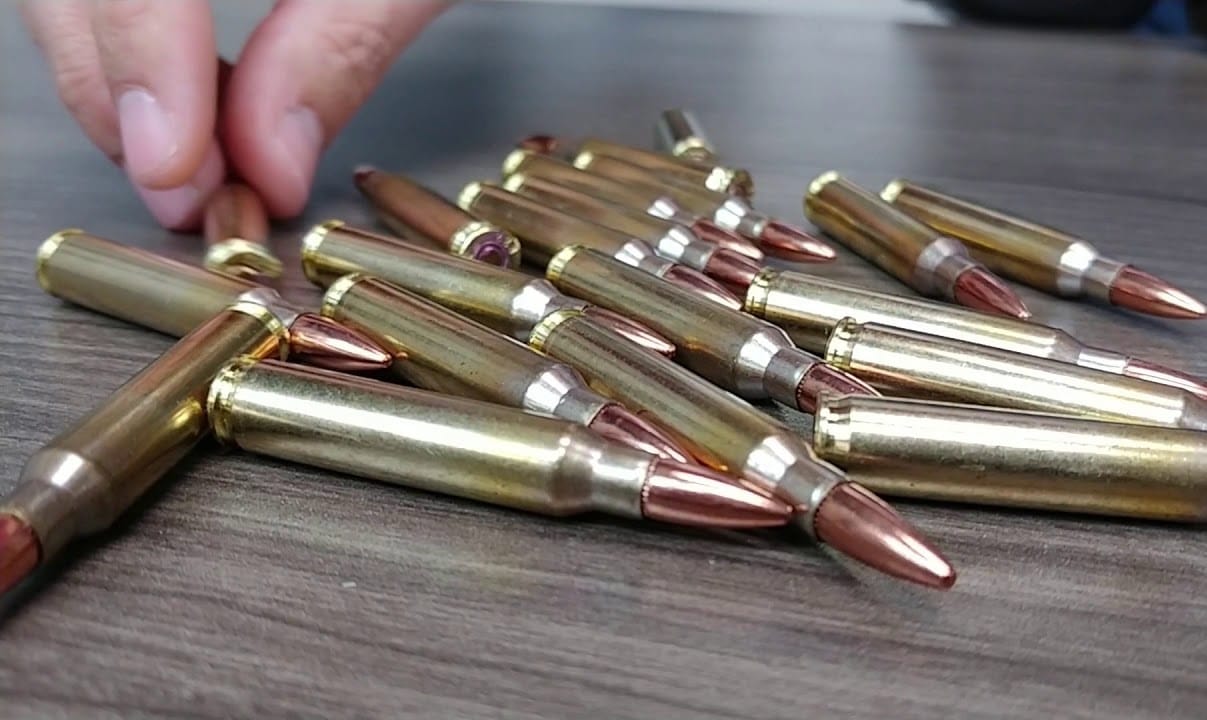The great ammo shortage of 2021 shows no signs of being resolved, and this month, the Biden Administration may have made it far worse.
A Russian Ammo Ban Is Coming
On Friday, the White House announced that it would stop approving new permits to import Russian-made firearms as well as ammunition. The ban, which is part of a new round of sanctions against the Russian government over its alleged poisoning and imprisoning of dissident Aleksey Navalny, is set to go into effect on Sept. 7, 2021.
“Pursuant to the Chemical and Biological Weapons Control and Warfare Elimination Act of 1991 (the CBW Act), the United States will impose a second round of sanctions on the Russian Federation over its use of a ‘Novichok’ nerve agent in the August 2020 poisoning of Russian opposition figure Aleksey Navalny,” that U.S. Department of State explained in a fact sheet.
All new and pending permit applications for the permanent importation of firearms and ammunition manufactured or located in Russia will now be subject to a policy of denial. The latest sanctions are expected to remain in place for a minimum of 12 months, after which, the Executive Branch (the president) can elect to remove the sanctions if Russia were to meet certain obligations that fall under the CBW Act.
Several Brands Impacted
The news of the latest sanctions isn’t coming out of nowhere, but it could still have an impact on what has been a very volatile market this year. Multiple brands could soon essentially disappear from store shelves including Wolf Performance Ammunition, Tulammo, Barnaul and Red Army Standard.
The largest of those is the Wolf brand, which is actually marketed in the United States by Sporting Supplies International (SSI). Founded in 2005, Wolf Performance Ammunition has been long seen as the best of the imported ammunition as – unlike other foreign low-priced ammo – it is non-corrosive. Most of Wolf’s ammo comes in polymer-coated steel cases.
From 2005 to 2009, the ammunition was produced at the Tula Cartridge Plant in Tula, Russia. However, due to legal disputes, Wolf has used other suppliers across Europe – including Russia – since that time. As such, the affordable and reliable Wolf Performance Ammunition could soon disappear from shelves.
Gun Control Via Sanctions
Even as the sanctions were directed at Russia, some in the United States have suggested this is actually an attempt for the Biden Administration to push its gun control agenda by driving up the cost for shooters.
“The law in question was intended—and rightfully so—to hold the Russian government accountable,” a spokesman for the Firearms Regulatory Accountability Coalition told TheReload.com on Friday. “With this rule, however, the State Department appears to be using the attack on Mr. Navalny and this law primarily to further the current administration’s campaign to undermine the firearms industry and American consumers’ access to firearms and ammunition.”

Image: Creative Commons.
This will certainly impact collectors of vintage rifles, most notably the Mosin-Nagant, but also modern rifles such as the Soviet-made SVD “Dragonov” as well as other Eastern European firearms such as the PSL marksman rifle. All of those are chambered in the popular 7.62x54mmR. Russia has remained the largest producer of that cartridge and with Wolf and the other brands now facing an importation ban, it is American shooters that are truly being punished.
Peter Suciu is a Michigan-based writer who has contributed to more than four dozen magazines, newspapers and websites. He regularly writes about military small arms, and is the author of several books on military headgear including A Gallery of Military Headdress, which is available on Amazon.com.

